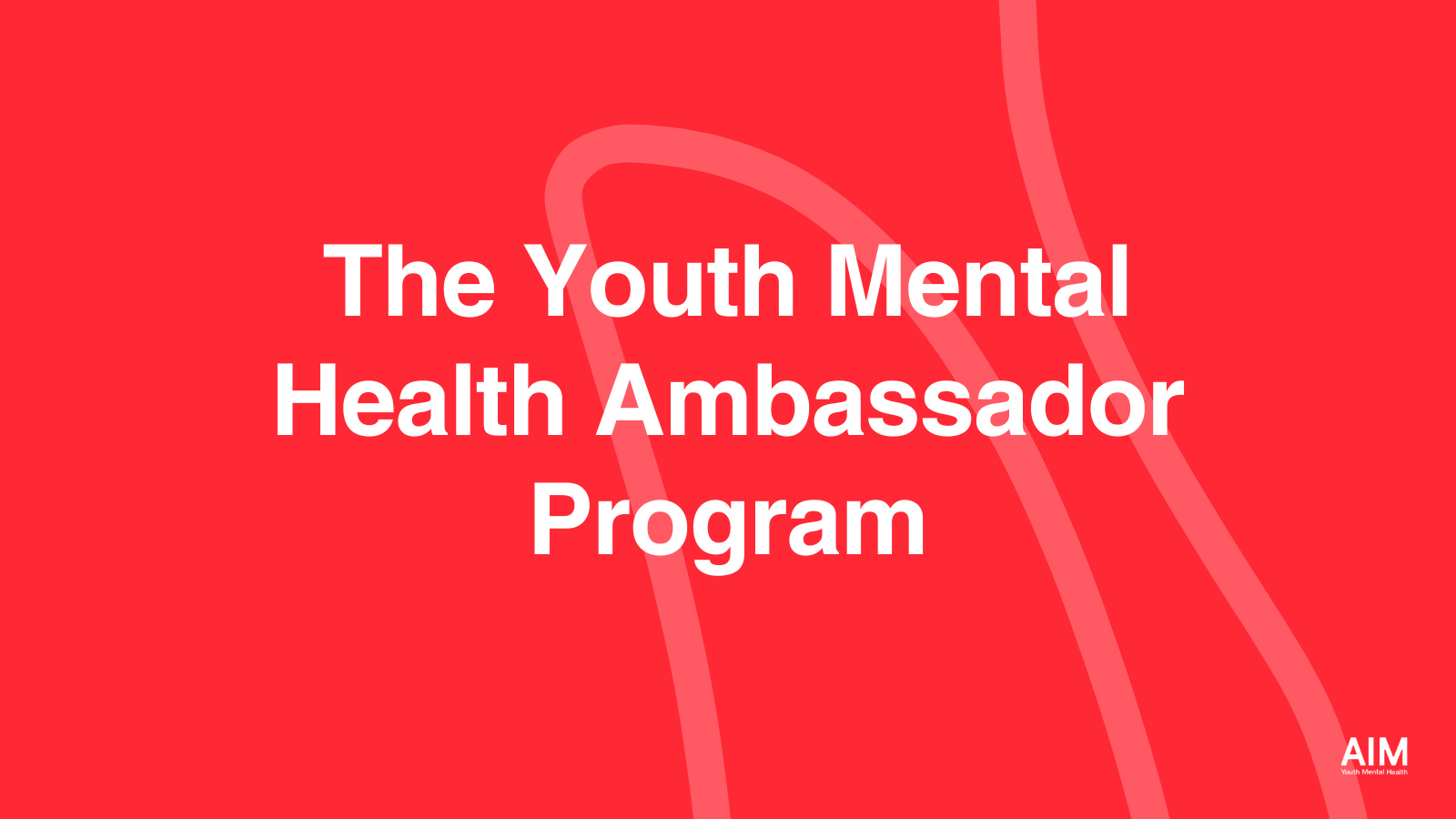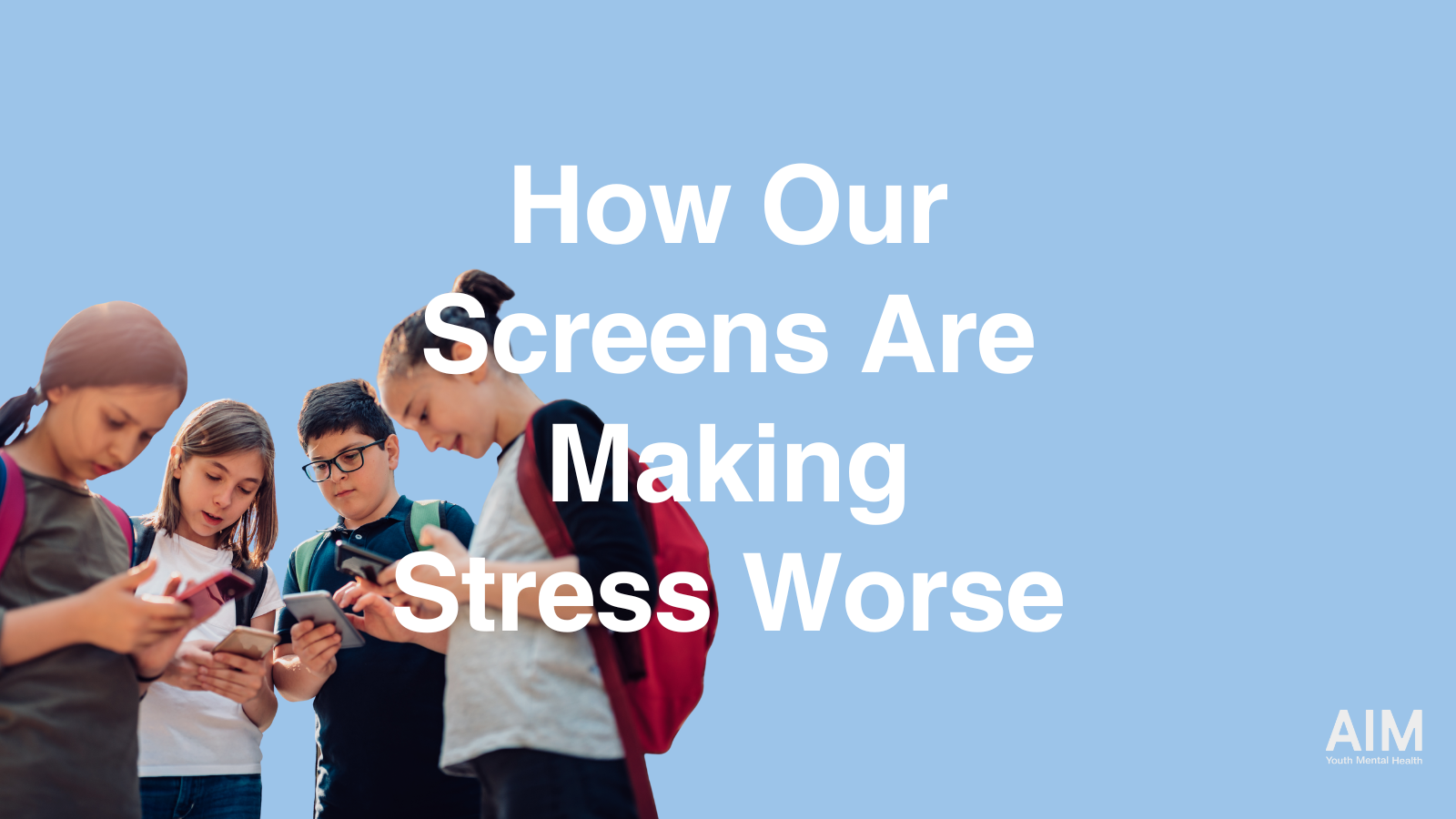When it comes to self care, mindfulness is a classic for a reason. In fact, for a myriad of reasons. Research has found mindfulness-based therapy to be effective for reducing stress, anxiety, depression, substance use challenges, chronic pain, and fatigue; while simultaneously boosting our immune system, emotion regulation, and even sense of purpose in life.
Put simply, the awareness that comes with mindfulness changes the way we view ourselves and others, and the way we move through the world. It gives us a feeling of agency and allows us to respond (as opposed to react) in our day-to-day lives with more presence, confidence, and love.
While mindfulness is practically ubiquitous across self care routines (and rightfully so), what does it look like to bring this practice into a family unit?
One 2014 study developed and implemented a Mindfulness-Enhanced Strengthening Families Program to find out how to imbue mindfulness into a family unit and review the results of doing so. They found that “by developing the capacity to focus their attention on the present moment, parents increase their ability to let go of worry about the past or the future, reduce their judgment of the situation, and become more fully attuned to their own and their youths’ experiences, which can enhance their relationships.”
In short: parents who are mindful in their quotidian routines with their kids improve the quality of their relationship and positively affect youth psychological development. And when it comes to parenting a child with mental health issues, research reinforces just how life-changing mindfulness can be.
A meditation practice can transform parents’ mental health and create a ripple effect to imbue mindfulness throughout the entire family. This ripple effect, in turn, is felt by the surrounding community. Because in the words of the profound Marriage & Family Therapist, Minaa B on the Thoughts May Vary Podcast, “self care is the bridge to community care, and community care is the bridge to community healing.”
So, you want to become a mindful family. Where to even begin?
Headspace, a meditation and mindfulness app with an entire series dedicated to Becoming a Mindful Parent (as well as a Mindfulness with Kids program!), suggests an intriguing exercise to introduce mindfulness and awareness as a family practice: start by writing a family mission statement.
Upon first glance, this exercise may sound corporate and peculiar. But at its core, a family mission statement is a document that aligns what is important in your family. It becomes a landing place for your family to come back to, whether to celebrate wins or remind yourself of what’s important on a challenging day.
While parents may feel aligned with their values and the way they want to move through the world… kids are still figuring out what they are all about. And it’s exciting to figure out what matters most to you, what kind of person you are, what kind of friend. By identifying things that are important to you as a family, you offer your kids a roadmap for them to explore their unique individuality while providing them with a model of how you want your children to behave in the world.
When the going gets tough, it’s helpful to have a map back to your own innate wisdom. A mission statement acts as a map that the whole family can come back to.
How To Write A Family Mission Statement (Or Family Agreements)
Decide (as a family) to write a Family Mission Statement or Family Agreements. Maybe you are drawn towards crafting a couple sentences that surmises what your family is all about. Perhaps you feel more enticed to make a list of collective agreements that give your family an agreed-upon “rules to live by.” Work with whatever feels like a better fit for you and your family.
In either case, make this a collaborative process and allow space for modifying as your family grows and evolves.
- Start with identifying what is important to you all by having a conversation around values.
Values are principles that guide our daily decisions; they are beliefs we deem as important to our way of moving through the world. Values can look like: courage, compassion, honesty, integrity, kindness, patience, fun, etc.
Start this exercise by talking to your family about qualities that are important to you and how you live in accordance with those qualities.
You can ask your kids questions like:
- What makes a good friend?
- What is most important to you? Why?
- What characteristics do you appreciate about your teachers/coaches?
- When do you feel your best?
- What are the positive qualities of our family?
- Who do you look up to and why?
- What are some of our family’s superpowers?
- What are you proud of?
You can print out a values list to explore some together and even draw next to each value to bring some creative expression into the exercise.
If your children are young, parents may want to start by identifying their values first. Or, have each family member identify their personal values before coming together to find commonality amongst everyone. The goal is to narrow down to your family’s top 5-10.
2. Next, translate your values into a Family Statement or a set of Family Agreements.
Translate your values into your own synthesized statement or list of rules to live by. You can make this as long or short as you want. Remind your family that as you evolve and grow, these are subject to evolve and grow alongside you all.
A tip here: try using the ‘positive opposite’ of a rule. In other words, name what you are trying to see more of in your statements. For example, instead of saying “no name-calling”, reframe that into “using compassionate words”.
3. Formalize your document aka decorate it!
Now is time to get out the craft paper, markers, stickers, you name it! You can turn this document into a collage, painting, or even craft it into a poem or story. Then, place it somewhere communal where everyone can see it and refer to it often. Remember, this document is your family’s north star.
4. Lastly, streamline your communication.
After you’ve crafted your statement or agreement, talk about the ways your actions reflect your values. How can you show kindness to your friends at school? What ways can you put these values into practice?
By identifying actions that align with your family statement, you are providing opportunities for your family to feel good about themselves when they take these aligned actions. Celebrate small wins and validate kids with praise for when they show up in this way! On the flip side, this also provides you with a framework to remind your kids of your family rules, that they agreed upon and helped craft, when you see an opposite behavior in action.
Finally, schedule time to check in with your family about your mission statement over time. You can even make it a family tradition at a certain time of the year!
____________________________________
About the Author
Meadowlark Monaghan (she/hers) is a consultant using her knowledge gained as a mental health professional to act as a liaison between brands, creators, + online communities with the field of psychology and mental health. She also co-hosts the personal development podcast, Thoughts May Vary. Her work has been seen with Madhappy, Local Optimist, The Mayfair Group, Lonely Ghost, AIM Youth Mental Health, NAMI San Diego and more.





